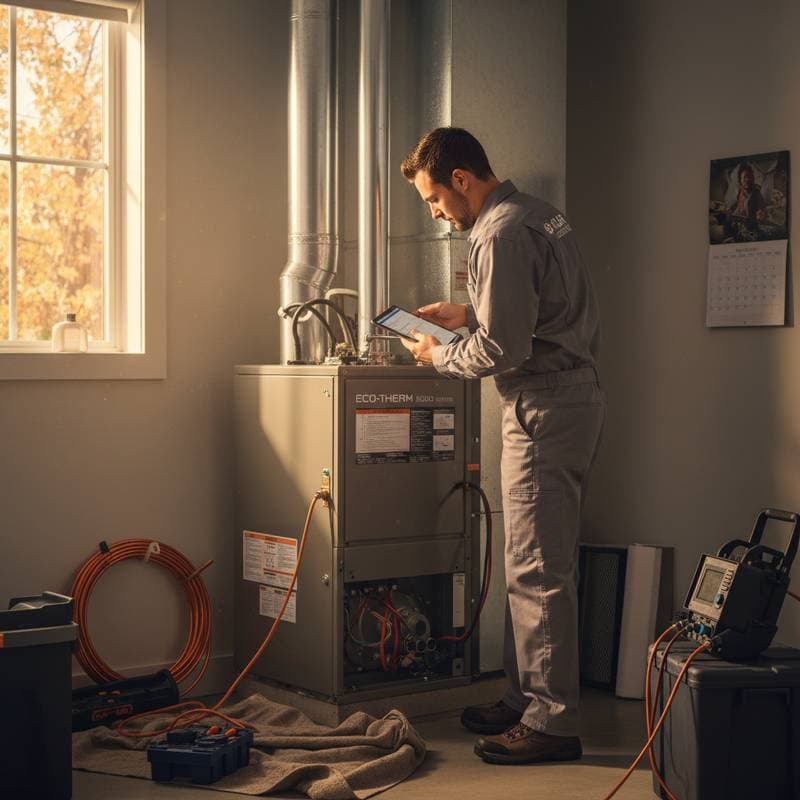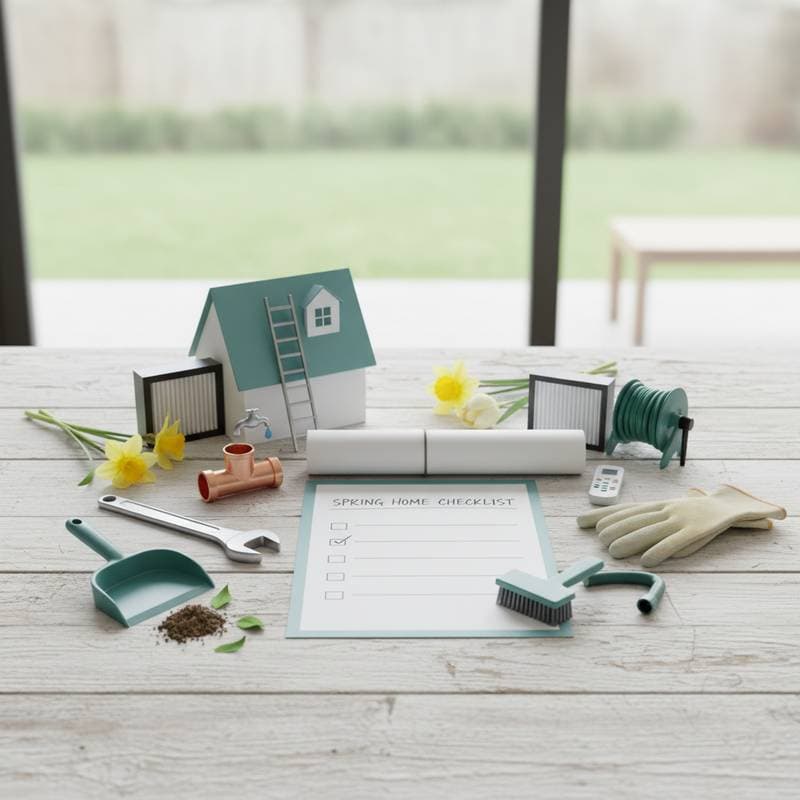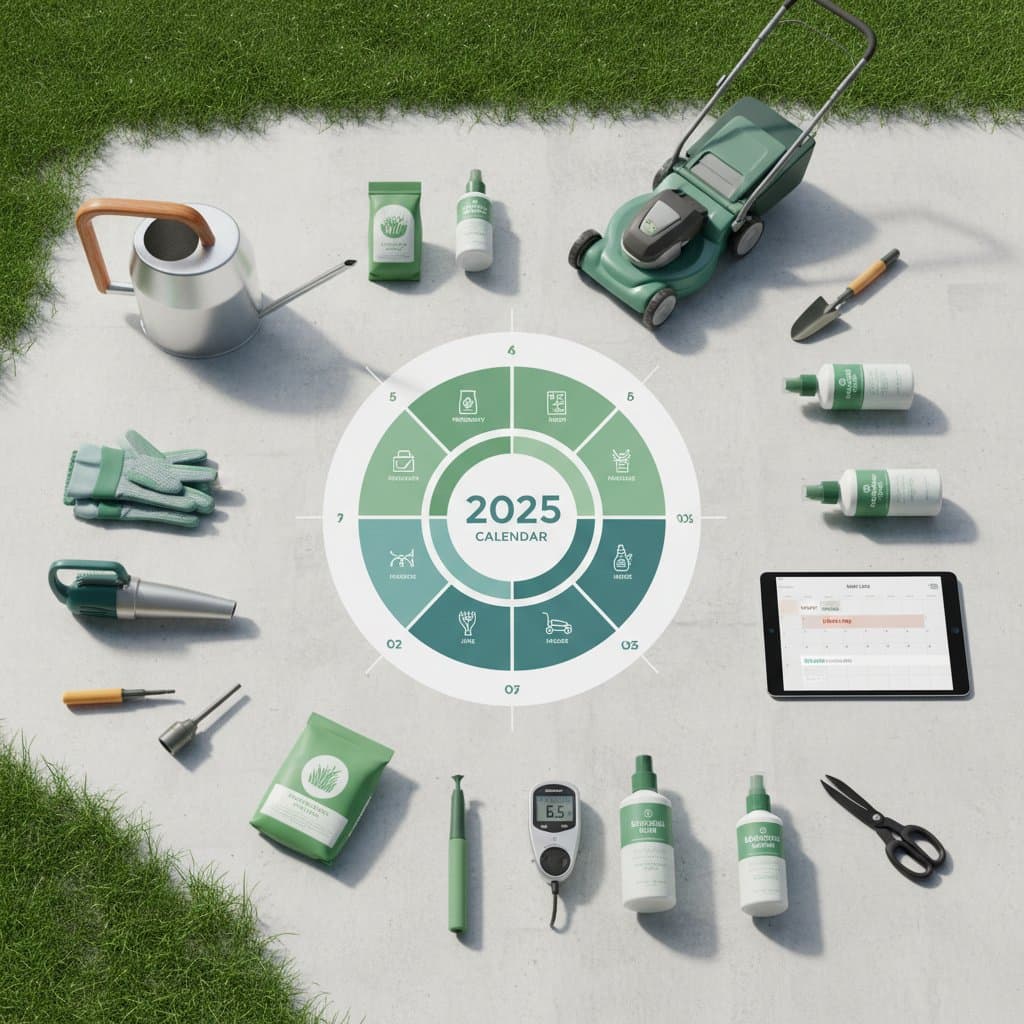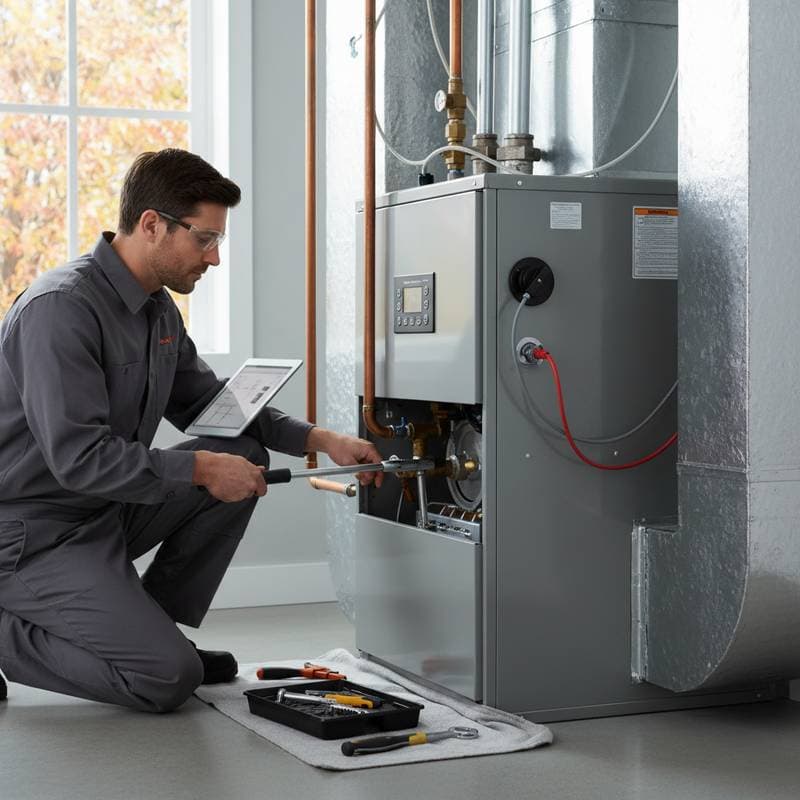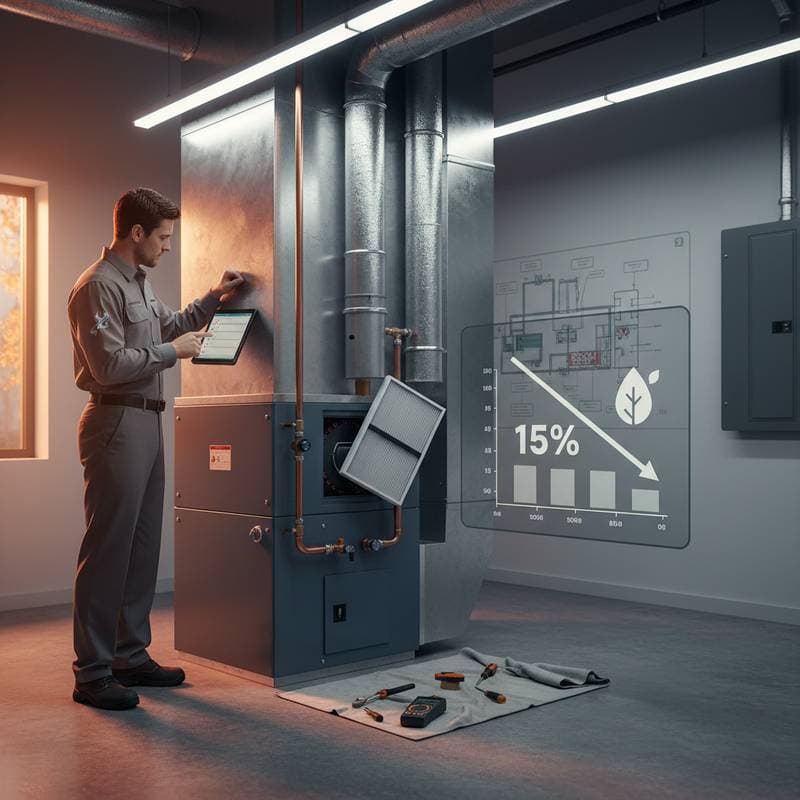Preparing Your AC for Summer: Essential Maintenance Guide
When temperatures climb, a reliable air conditioner becomes essential for comfort. Many homeowners face surprises when systems falter on the hottest days. Proactive maintenance ensures optimal performance, reduces energy costs, and minimizes repair needs. This guide details key tasks to ready your cooling system, with options for self-care and professional assistance.
Whether you operate a central air unit or a ductless mini-split, these steps apply broadly. Perform them in early spring to sidestep summer disruptions. Expect savings on bills and extended equipment life through consistent attention.
1. Replace the Air Filter
Air filters capture dust, pollen, and debris to protect your system. A clogged filter restricts airflow, forces the unit to labor harder, and raises energy use. Replace filters every one to three months, or more often in dusty environments or with pets.
Steps for Replacement
- Locate the filter in the return air duct or furnace cabinet.
- Turn off the system power for safety.
- Remove the old filter and note the airflow direction arrow.
- Insert a new filter matching the size and type, such as pleated for better efficiency.
- Restore power and run the system to verify smooth operation.
Cost and Difficulty
- Cost: $5 to $20 per filter; bulk purchases lower expenses.
- Difficulty: Easy, suitable for beginners.
- Time: 10 to 15 minutes.
Experts note that fresh filters can enhance efficiency by 15 percent, particularly in systems over five years old.
2. Clean the Condenser Unit Outside
The outdoor condenser unit exchanges heat with the environment. Accumulated dirt, leaves, or grass clippings obstruct fins and reduce cooling power. Regular cleaning improves airflow and prevents overheating.
Steps to Clean Safely
- Switch off power at the disconnect box beside the unit.
- Clear debris from the base and maintain two feet of clearance from vegetation.
- Gently brush or vacuum the fins to remove surface buildup.
- Hose the coils from inside outward with moderate water pressure.
- Allow full drying before reconnecting power.
Cost and Difficulty
- Cost: Free for self-cleaning; $75 to $150 for professional service.
- Difficulty: Moderate; handle fins carefully to prevent damage.
- Time: Approximately one hour.
Service demonstrations indicate that thorough cleaning boosts cooling efficiency by up to 20 percent in established systems.
3. Clean the Evaporator Coils
Indoor evaporator coils absorb heat from your home air. Dust and grime on these coils hinder heat transfer and cause the system to cycle excessively. Cleaning restores capacity and maintains indoor air quality.
Steps for Cleaning
- Power down the system and access the coils via the indoor unit panel.
- Vacuum loose dirt from the coils and surrounding areas.
- Apply a no-rinse coil cleaner spray, following product directions.
- Let the cleaner foam and dissolve residue for the recommended time.
- Rinse gently if required, then reassemble and test.
Cost and Difficulty
- Cost: $10 to $30 for cleaners; $100 to $200 professionally.
- Difficulty: Moderate to high; access may involve tools.
- Time: 30 to 60 minutes.
Homeowners often observe improved humidity control and lower runtime after coil maintenance.
4. Test Thermostat Accuracy
An inaccurate thermostat leads to uneven temperatures and excess energy consumption. Verify readings against a separate thermometer in the same location. Address discrepancies over two degrees through recalibration or upgrade.
Programmable or smart models optimize schedules for occupancy patterns. Users frequently achieve 10 percent savings on cooling expenses with these devices.
Cost and Difficulty
- Cost: $25 to $250 based on features and installation.
- Difficulty: Easy to moderate; basic wiring knowledge helps.
- Time: 20 to 60 minutes.
5. Inspect and Clear the Drain Line
The condensate drain line removes moisture collected during cooling. Blockages from algae or debris cause water backups, potential leaks, and system shutdowns. Annual inspection prevents these issues.
Steps for Inspection
- Locate the drain line exiting the indoor unit.
- Check for standing water or overflow signs.
- Flush the line with a vinegar-water solution or mild bleach mix.
- Use a wet-dry vacuum to suck out stubborn clogs from the end.
- Pour fresh water through to confirm clear flow.
Cost and Difficulty
- Cost: Under $10 for supplies; $50 to $100 for pros.
- Difficulty: Moderate; involves basic plumbing tools.
- Time: 15 to 30 minutes.
Clear drains safeguard against water damage and maintain steady operation.
6. Check Electrical Connections and Capacitors
Secure electrical connections prevent shorts and startup failures. Corrosion or looseness in wires affects reliability. Visual checks suit homeowners, but full diagnostics demand expertise.
Capacitors and contactors support motor functions. Professionals test and replace these components during routine visits.
Cost and Difficulty
- Cost: Included in $100 to $200 maintenance fees.
- Difficulty: High; electrical knowledge essential.
- Time: 45 to 90 minutes.
7. Verify Refrigerant Levels
Proper refrigerant charge ensures efficient heat absorption and release. Low levels from leaks reduce cooling and strain the compressor. Detection and recharge require certified handling due to regulations.
Signs of low refrigerant include warm air output or ice on coils. Schedule professional evaluation if suspected.
Cost and Difficulty
- Cost: $200 to $500 for leak repair and recharge.
- Difficulty: Professional only; involves specialized tools.
- Time: 60 to 120 minutes.
Maintaining levels extends compressor life and upholds performance standards.
8. Schedule a Professional Tune-Up
Comprehensive assessments by HVAC technicians cover all systems. They measure pressures, airflow, and efficiency to identify subtle problems. Book in spring to avoid seasonal rushes.
Inspections typically encompass coil and blower cleaning, thermostat calibration, electrical testing, refrigerant checks, and load performance evaluation.
Cost and Difficulty
- Cost: $100 to $250, varying by location and unit size.
- Difficulty: Requires certified expertise.
- Time: About 90 minutes.
Technicians report that tune-ups cut breakdown risks by up to 80 percent during peak heat.
Sustaining Long-Term Efficiency
Regular upkeep forms the foundation of a dependable cooling setup. Develop a calendar for tasks like filter swaps and cleanings to stay ahead. Homeowners benefit from annual contracts with local providers for reminders and discounts.
Renters should coordinate with landlords for timely services. Early interventions curb emergencies, enhance daily comfort, and prolong system durability. Invest in these practices to make your AC a steady ally against the heat.

